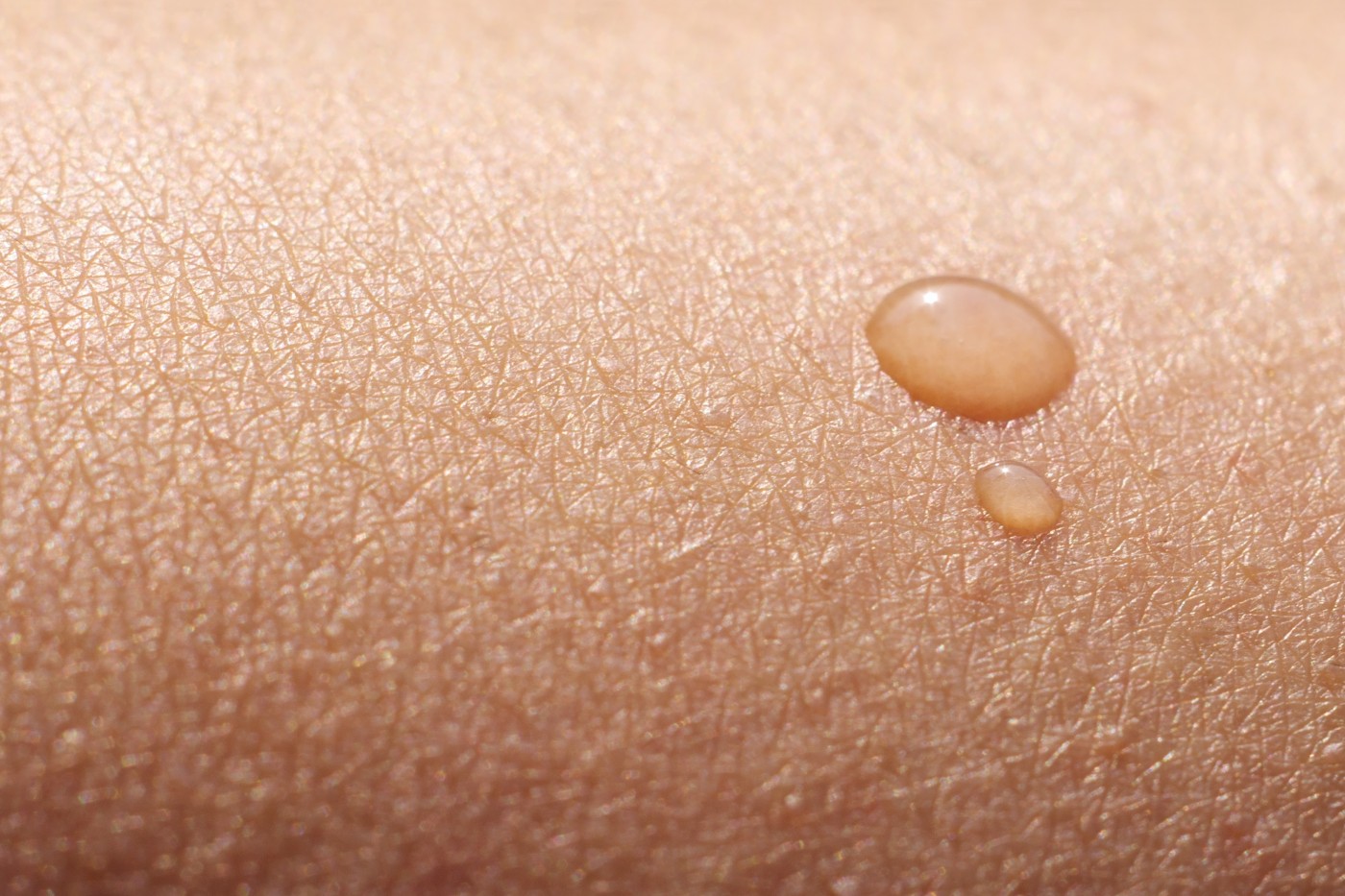 Researchers at the Pacific Northwest National Laboratory recently revealed that exposure to low dose radiation alters the stability of cells and tissue in the skin. The study was published in the journal Toxicology and Applied Pharmacology and is entitled “Data integration reveals key homeostatic mechanisms following low dose radiation exposure.”
Researchers at the Pacific Northwest National Laboratory recently revealed that exposure to low dose radiation alters the stability of cells and tissue in the skin. The study was published in the journal Toxicology and Applied Pharmacology and is entitled “Data integration reveals key homeostatic mechanisms following low dose radiation exposure.”
We are constantly exposed to low doses of ionizing radiation, either via rocks and soil or from outer space. In addition, the use and exposure to radiation has been increasing in industry, research and modern clinical practice settings. Full comprehension of the biological impact of exposure to low dose radiation is therefore essential to protect the population and the environment from the potential damaging effects of this increased exposure.
The aim of this study was to define pathways affected by low dose radiation to better understand how the body and its distinct biological systems respond to it. Researchers exposed in vitro 3D human full thickness skin models, comprising epidermal skin cells and the underlying layer of dermal fibroblasts, to low levels of ionizing radiation (10 cGy X-ray). The radiation levels employed correspond to five computed tomography (CT) scans and are much less than the levels of radiation therapy applied in the treatment of internal cancers. The skin response was measured over 1 to 72 hours after irradiation by global transcriptomic (set of RNA transcripts), proteomic (set of proteins), phosphoproteomic (set of proteins containing phosphate groups), and metabolomics (set of metabolites from cellular processes) platforms in order to characterize the function, structure and dynamics of the skin.
Researchers found that low dose ionizing radiation altered the homeostasis of skin models, where each independent set of data analyzed had potential signaling pathways affected by radiation. When data from the different platforms was integrated, additional insight was obtained, where several regulators were found to play a role in the response, namely transcription factors (MYC, YY1 and CREB1), kinases (PLK1, CDK2) and a protease (MMP2). In terms of pathways, oxidative stress, nitric oxide signaling and transcriptional regulation through a factor called SP1 were found to be activated in response to low dose radiation. Researchers also found a shift in response over time, with an increase in tissue remodeling, DNA repair and cell proliferation repression 24 to 72 hours after exposure.
[adrotate group=”1″]
“We saw patterns of perturbed biological pathways that indicated persistent alterations in the stability of cells and tissue,” explained the study’s senior author Dr. Katrina Waters in a news release. “This change in stability could change the skin’s sensitivity after exposure to low-dose radiation. For example, patients that receive even low doses of radiation from medical applications could potentially have altered skin resistance to opportunistic infections or other environmental exposures, in addition to an increased risk of cancer.”
Researchers concluded that skin tissue models exposed to low ionizing radiation exhibited alterations suggestive of a change in skin integrity and permeability, which might compromise skin’s sensitivity upon exposure to injuring agents like an infection.
“Traditional radiation studies focus on DNA damage as the endpoint because it leads to cancer,” said Dr. Waters. “But low-dose radiation effects don’t always lead to cancer. What this study is really showing is that there’s a change in stability in the skin after radiation that alters susceptibility to insults, such as infection.”
The research team also concluded that data integration from different platforms of molecular profiling techniques allowed the identification of pathways and networks by which complex biological systems respond to perturbation by low dose radiation.


